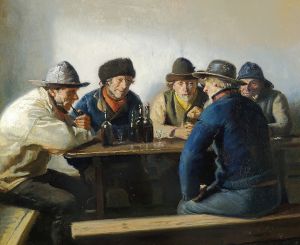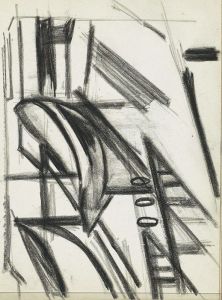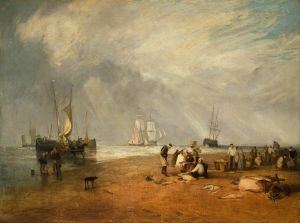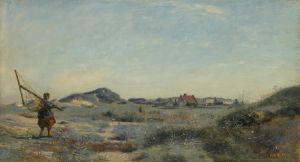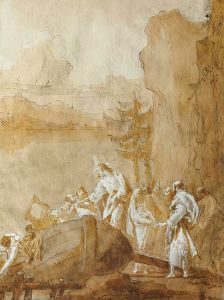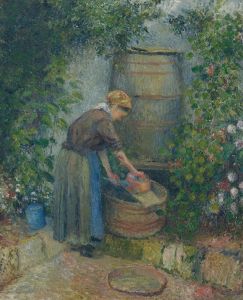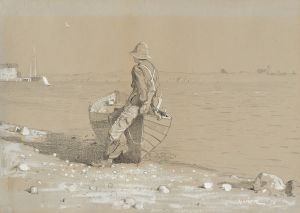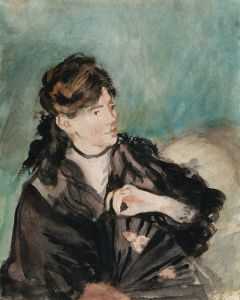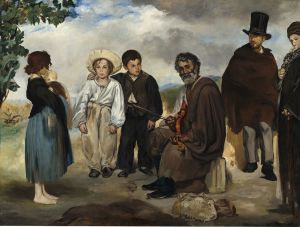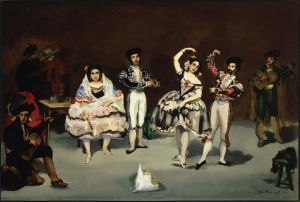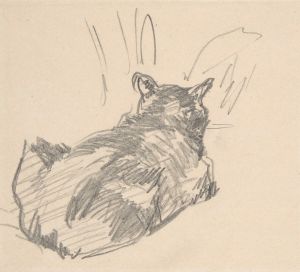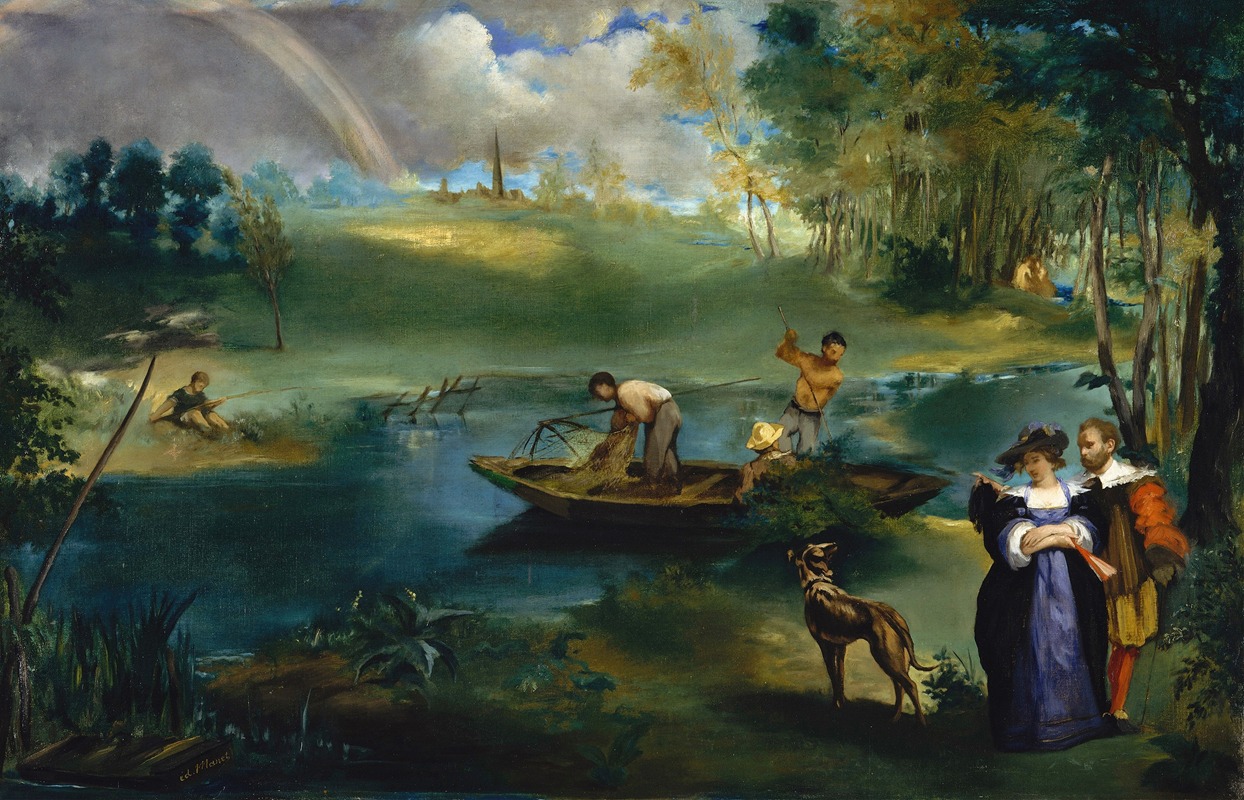
Fishing
A hand-painted replica of Édouard Manet’s masterpiece Fishing, meticulously crafted by professional artists to capture the true essence of the original. Each piece is created with museum-quality canvas and rare mineral pigments, carefully painted by experienced artists with delicate brushstrokes and rich, layered colors to perfectly recreate the texture of the original artwork. Unlike machine-printed reproductions, this hand-painted version brings the painting to life, infused with the artist’s emotions and skill in every stroke. Whether for personal collection or home decoration, it instantly elevates the artistic atmosphere of any space.
Édouard Manet's painting Fishing (La Pêche), created in 1861–1863, is an oil on canvas work that reflects the artist's early exploration of outdoor leisure scenes, a theme that would later influence the Impressionist movement. The painting measures 193.5 cm by 130.2 cm and is part of the collection of the Metropolitan Museum of Art in New York City.
The composition depicts a tranquil riverside setting, where a man, a woman, and a child are engaged in fishing. The figures are believed to represent members of Manet's family, with the man possibly modeled after his brother Eugène Manet, the woman thought to be his wife Suzanne Leenhoff, and the child potentially their son Léon. However, these identifications remain speculative and are not definitively confirmed. The scene is set in a lush, verdant landscape, with the figures positioned near the water's edge. The man holds a fishing rod, while the woman and child observe, creating a serene and intimate moment that captures the leisurely pastime.
The painting demonstrates Manet's interest in blending traditional techniques with modern subjects. The work shows the influence of 17th-century Dutch landscape painting, particularly in its depiction of light and nature. At the same time, it reflects Manet's innovative approach to composition and brushwork, which would later become hallmarks of his style. The loose, painterly technique and the interplay of light and shadow in Fishing hint at the artist's departure from academic conventions and his move toward a more modern aesthetic.
Fishing was exhibited at the Paris Salon of 1863, a pivotal year in Manet's career. This was the same year he exhibited his controversial painting Le Déjeuner sur l'herbe at the Salon des Refusés, which challenged traditional artistic norms and sparked significant debate. While Fishing did not provoke the same level of controversy, it nonetheless reflects Manet's evolving artistic vision and his interest in capturing contemporary life.
Today, Fishing is recognized as an important work in Manet's oeuvre, offering insight into his early experimentation with themes and techniques that would later define his contributions to modern art. The painting is appreciated for its harmonious composition, its depiction of a peaceful moment in nature, and its role in bridging traditional and modern approaches to art. It remains a notable example of Manet's ability to combine the influences of the past with his own innovative perspective.





